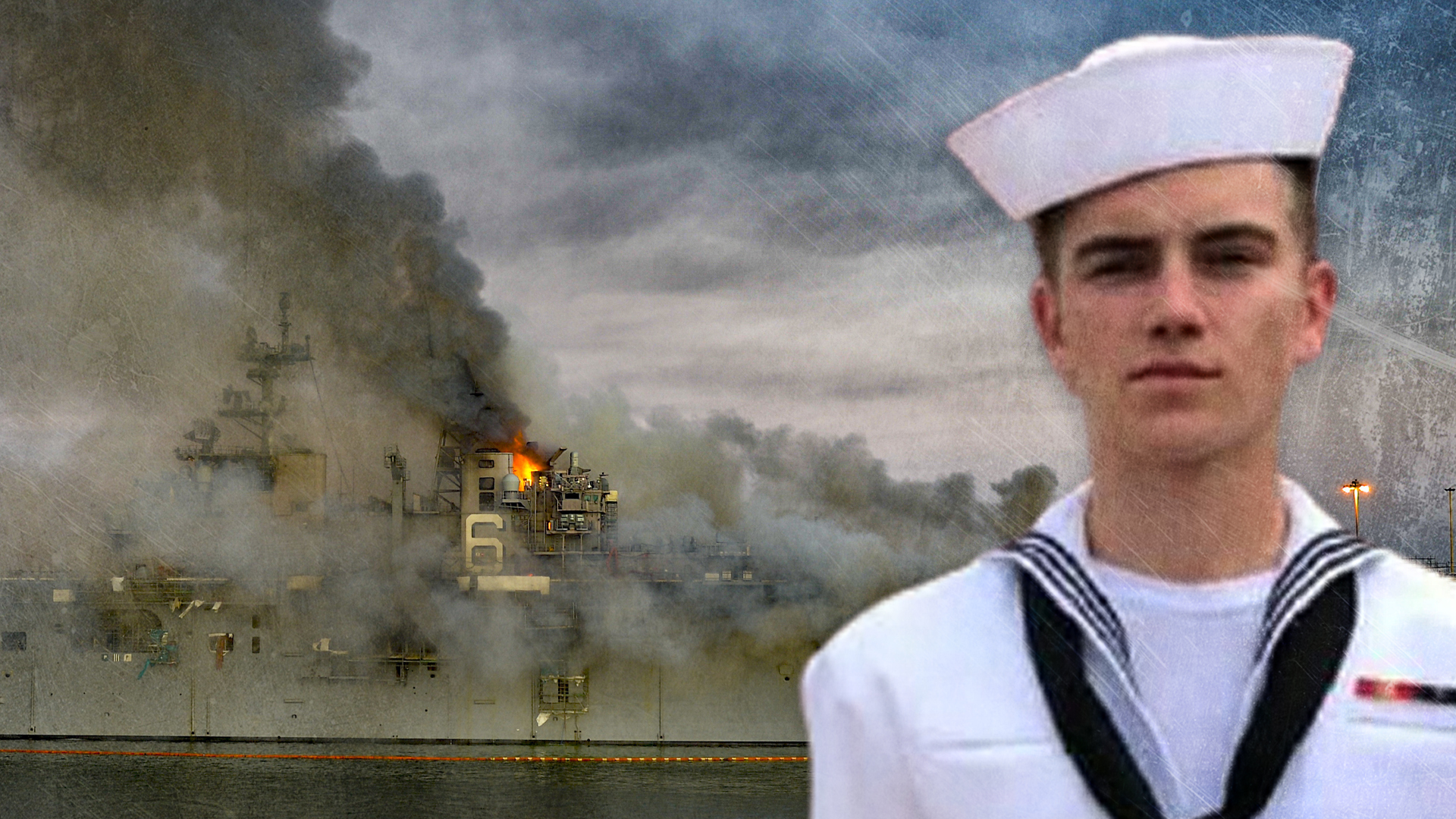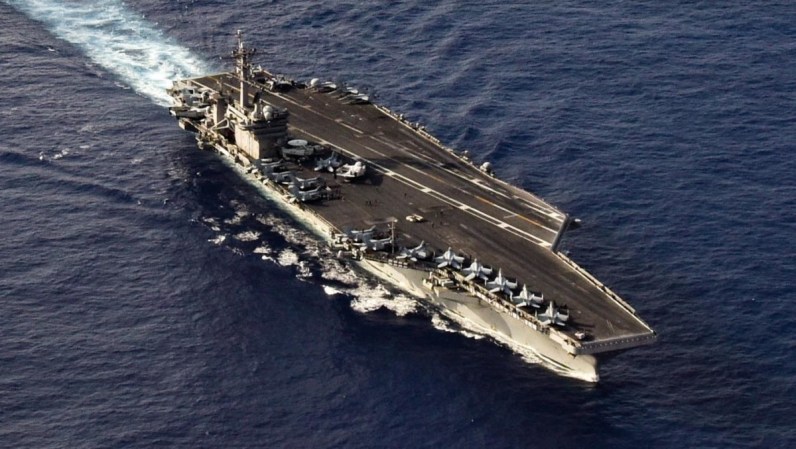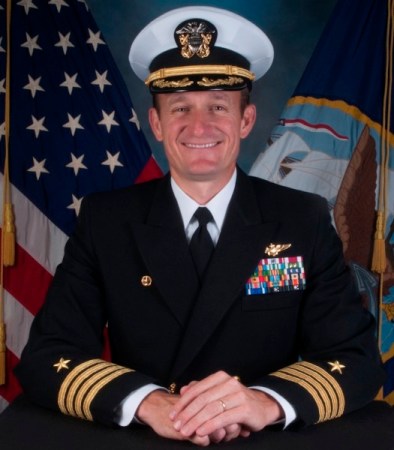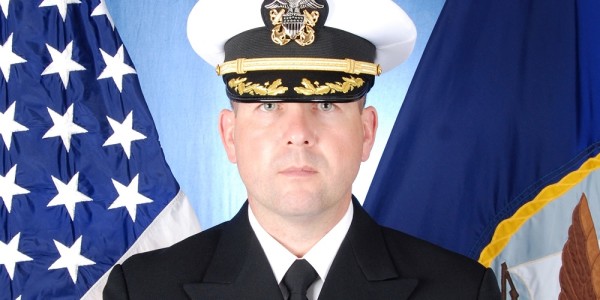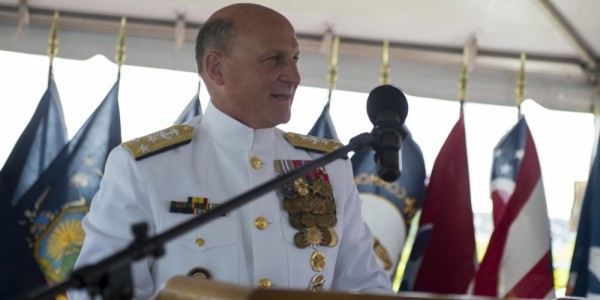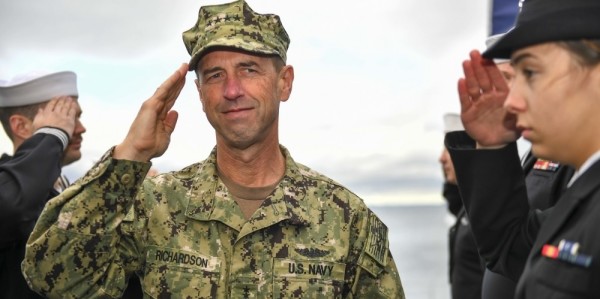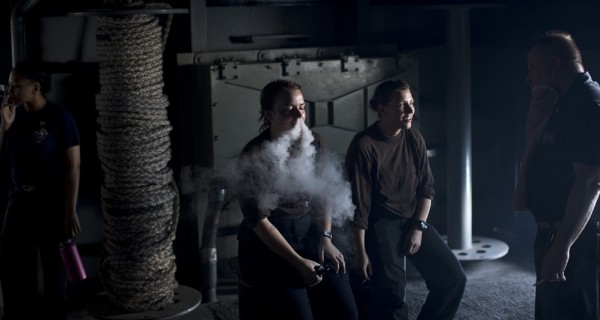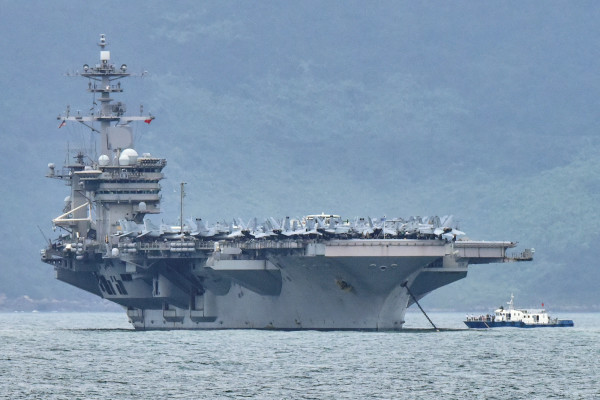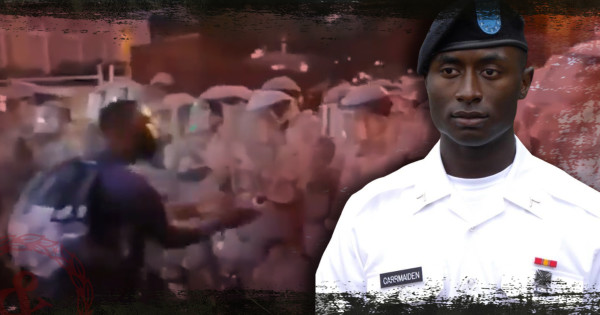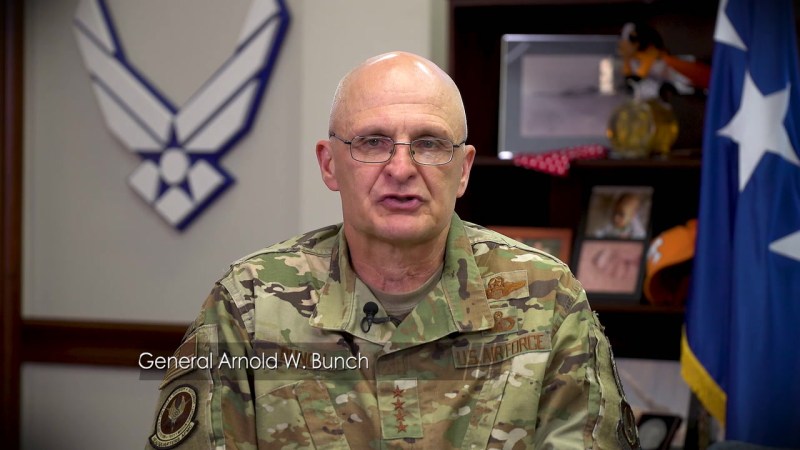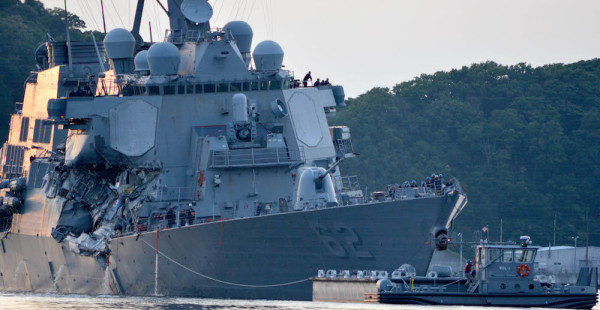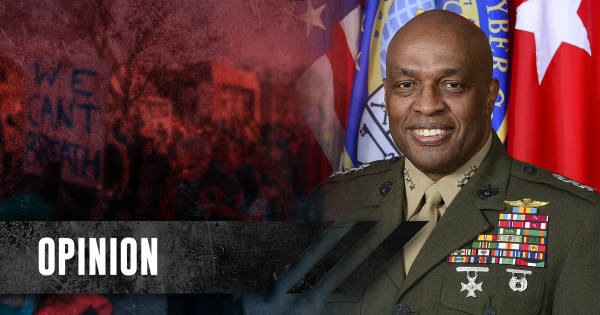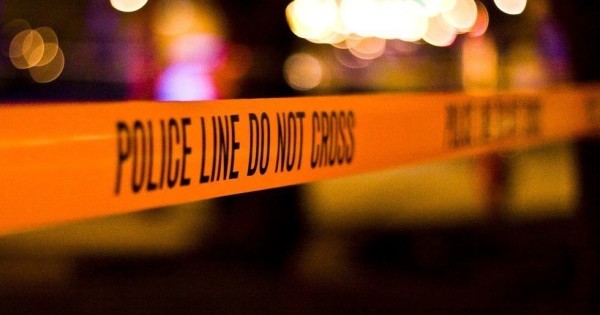The Navy will proceed with a court-martial of a junior sailor accused of setting fire to the USS Bonhomme Richard despite a Navy judge’s recommendation against it due to lack of evidence, according to the sailor’s lawyer.
“Vice Adm. [Steve] Koehler made his decision after considering the entirety of the preliminary hearing officer’s report,” Navy spokesman Cmdr. Sean Robertson told Task & Purpose.
Seaman Apprentice Ryan Sawyer Mays was charged with hazarding a vessel and arson following a one-year investigation by the Federal Bureau of Alcohol, Tobacco, Firearms, and Explosives and the Naval Criminal Investigative Service. Mays is currently assigned to a desk job and maintains his innocence.
Capt. Angela Tang, who presided over the three-day Article 32 hearing in December, told Koehler she perceived that the evidence she heard was not strong enough to reach the high standard of ‘beyond a reasonable doubt’ that Mays is guilty, said Gary Barthel, Mays’ defense attorney. Barthel says that Mays is a scapegoat.
Navy officials declined to discuss Tang’s recommendations.

The fire started the morning of July 12, 2020, and burned for nearly five days while the ship was docked at Naval Base San Diego. The ship was wrapping up a $190 million upgrade at the time, and contractors working on it were ready to hand it back over to the Navy.
More than 60 people were injured fighting the fire, which damaged the $1.2 billion ship so badly it was later scrapped. A Navy investigation into the fire-preparedness of the ship, crew and base led to recommendations that 36 Navy officials face disciplinary action, including the head of Naval Surface Force Pacific and the rear admiral who led Navy Region Southwest, as well as the ship’s commander and executive officer and a host of other managers.
Mays, who was 19 years old, was disliked by his peers, according to witnesses who testified the sailor was cocky, arrogant, and hated his assignment. After trying out for the Navy SEALs’ Underwater Demolition training, Mays dropped out after five days and was reassigned to the deck department of the boat.
But that doesn’t mean he set the fire, Barthel argued at the Article 32 hearing. There is no physical evidence linking Mays to the fire other than that he owned a lighter, according to testimony. There were no fingerprints, DNA, or video evidence found, and the witness who said he saw Mays prior to the blaze changed his story several times before finally identifying Mays as the man who entered the lower vehicle storage deck where the fire started.
An arson expert from the Bureau of Alcohol, Tobacco, Firearms and Explosives said that the fire started after an accelerant was poured on stacked tri-wall boxes, but was unable to identify the accelerant allegedly used or link it to Mays. The defense expert who examined the fire’s origin found burned lithium-ion batteries that had been near a pallet of hand sanitizer — flammable ethanol alcohol — that the ATF did not examine for potential failure. Lithium-ion batteries found there have been known to burst into flames when they fail.
No date has been set for the court-martial, according to Robertson.
What’s hot on Task & Purpose
- Photos: What Russia’s invasion of Ukraine looks like on the ground
- Here’s what those mysterious white ‘Z’ markings on Russian military equipment may mean
- Generation Z has a simple message when it comes to World War III: Please don’t draft me
- Army 3-star general suspended amid investigation into toxic climate and racist comments
- The best gear under $25 to make life in the field suck less, according to soldiers
Want to write for Task & Purpose? Click here. Or check out the latest stories on our homepage.
